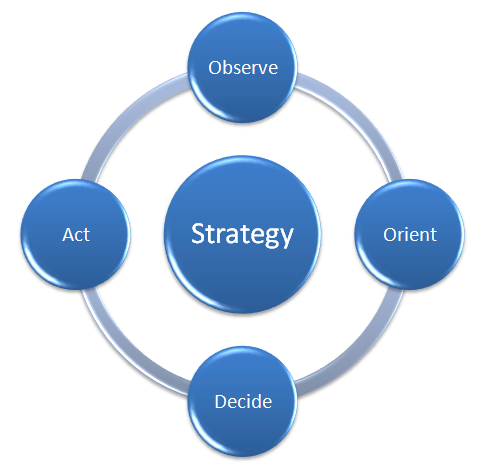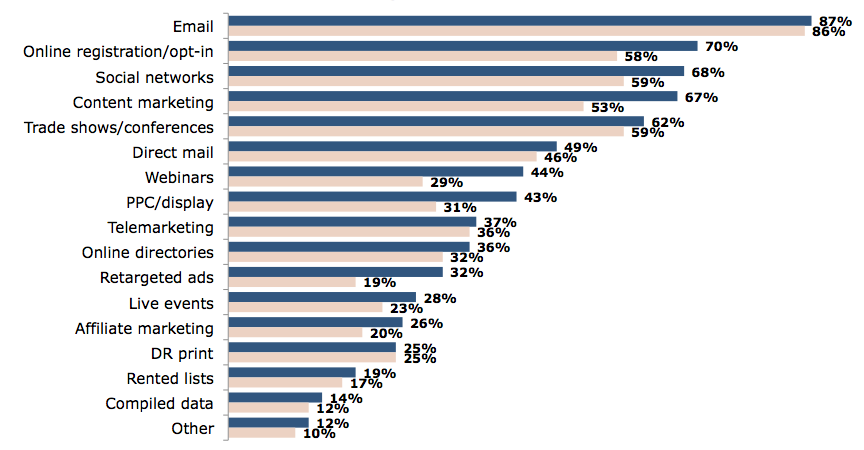The Right Marketing Concept
Before assigning a significant budgets to any specific marketing form it is important to get the marketing concept right by testing basic assumption of how potential clients can be reached, engaged and converted. A company may hold several products or services in the marketplace, spanning numerous and sometimes entirely unrelated industries. Accordingly, a concept is required in order to effectively manage such products. Evidently, a company needs to weigh up and ascertain how to utilize its finite resources.
 A company in the market economy strives by producing goods and/or services that persons are willing and able to buy – also referred to as ‘product market fit’. Consequently, ascertaining consumer demand is vital for a firm’s future viability and even existence as a going concern. Many companies today have a customer focus. This implies that the company focuses its activities and products on consumer demands. Generally, there are three ways of doing this: the customer-driven approach, the market change identification approach and the product innovation approach.
A company in the market economy strives by producing goods and/or services that persons are willing and able to buy – also referred to as ‘product market fit’. Consequently, ascertaining consumer demand is vital for a firm’s future viability and even existence as a going concern. Many companies today have a customer focus. This implies that the company focuses its activities and products on consumer demands. Generally, there are three ways of doing this: the customer-driven approach, the market change identification approach and the product innovation approach.
In the consumer-driven approach, consumer wants are the drivers of all strategic marketing decisions. No strategy is pursued until it passes the test of consumer research. Every aspect of a market offering, including the nature of the product itself, is driven by the needs of potential consumers. The starting point is always the consumer. The rationale for this approach is that there is no reason to spend R&D funds developing products that people will not buy. History attests to many products that were commercial failures in spite of being technological breakthroughs.
A formal approach to this customer-focused marketing is known as SIVA (Solution, Information, Value, Access). This system is basically the four Ps renamed and reworded to provide a customer focus. The SIVA Model provides a demand/customer-centric alternative to the well-known 4Ps supply side model (product, price, placement, promotion) of marketing management.
If any of the 4Ps were problematic or were not in the marketing factor of the business, the business could be in trouble and so other companies may appear in the surroundings of the company, so the consumer demand on its products will decrease.
Some qualifications or caveats for customer focus exist. They do not invalidate or contradict the principle of customer focus; rather, they simply add extra dimensions of awareness and caution to it.
The work of Christensen and colleagues on disruptive technology has produced a theoretical framework that explains the failure of companies not because they were technologically inept, but because the value networks in which they profitably operated included customers who could not value a disruptive innovation at the time and capability state of its emergence and thus actively dissuaded the firms from developing it. The lessons drawn from this work include:
- Taking customer focus with a grain of salt, treating it as only a subset of one’s corporate strategy rather than the sole driving factor. This means looking beyond current-state customer focus to predict what customers will be demanding some years in the future, even if they themselves discount the prediction.
- Pursuing new markets (thus new value networks) when they are still in a commercially inferior or unattractive state, simply because their potential to grow and intersect with established markets and value networks looks like a likely bet. This may involve buying stakes in the stock of smaller firms, acquiring them outright, or incubating small, financially distinct units within one’s organization to compete against them.
Problems of customer focus are:
- The extent to which what customers say they want does not match their real world purchasing decisions. Thus surveys of customers might claim that 70% of a restaurant’s customers want healthier choices on the menu, but only 10% of them actually buy the new items once they are offered (ok – food and health might NOT actually be a good example). This might be acceptable except for the extent to which those items are money-losing propositions for the business, bleeding red ink. A lesson from this type of situation is to be smarter about the true test validity of instruments like surveys. A corollary argument is that “truly understanding customers sometimes means understanding them better than they understand themselves.” Thus one could argue that the principle of customer focus, or being close to the customers, is not violated here—just expanded upon.
- The extent to which customers are currently ignorant of what one might argue they should want—which is dicey because whether it can be acted upon affordably depends on whether or how soon the customers will learn, or be convinced, otherwise. IT hardware and software capabilities and automobile features are examples. Customers who in 1997 said that they would not place any value on Internet browsing capability on a mobile phone, or 6% better fuel efficiency in their vehicle, might say something different today, because the value proposition of those opportunities has changed.
CHIEF MARKETER CONSENSUS FOR THE RIGHT MARKETING CONCEPTS





